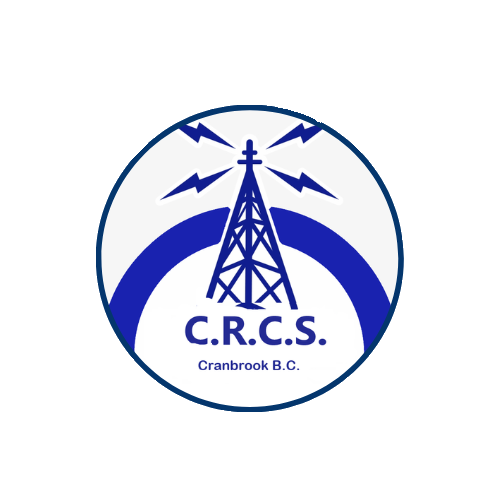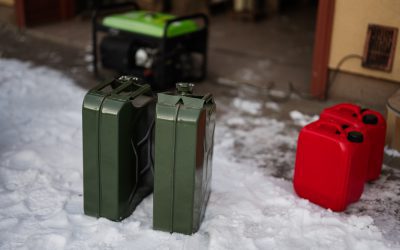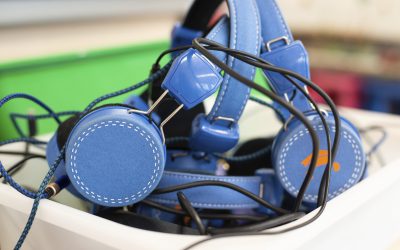When it comes to optimizing your amateur radio station, coaxial cable selection and proper length management play a crucial role in ensuring reliable signal transmission and reception. Many operators overlook this aspect, yet it can significantly impact your station’s overall performance. In this guide, we’ll cover why coaxial cable length matters, factors influencing signal loss, and how to determine the ideal cable length for your setup.
Why Coaxial Cable Length Matters
Coaxial cables serve as the primary conduit for radio signals, carrying them between your transceiver and antenna. The length of the cable can affect:
-
Signal Loss: Longer cables introduce more attenuation, reducing the strength of your transmitted and received signals.
-
Standing Wave Ratio (SWR): Poorly matched cable lengths can cause impedance mismatches, leading to higher SWR and potential equipment damage.
-
Interference Management: Incorrect cable lengths can lead to unwanted signal reflections, increasing the risk of noise and interference.
Understanding Signal Loss in Coaxial Cables
Signal loss, measured in decibels (dB), is primarily caused by the resistance and dielectric loss within the cable. Factors that contribute to signal loss include:
1. Cable Type: Different coaxial cables, such as RG-58, RG-213, or LMR-400, have varying loss characteristics.
2. Frequency: Higher frequencies experience greater signal loss. HF bands suffer less attenuation than VHF or UHF bands.
3. Length: The longer the cable, the greater the cumulative signal loss.
Example of Signal Loss by Frequency and Cable Type
| Cable Type | Frequency (MHz) | Loss per 100 ft (dB) |
|---|---|---|
| RG-58 | 30 MHz | 5.6 |
| RG-213 | 30 MHz | 1.3 |
| LMR-400 | 30 MHz | 0.7 |
| RG-58 | 144 MHz | 12.5 |
| RG-213 | 144 MHz | 3.3 |
| LMR-400 | 144 MHz | 1.5 |
Determining the Optimal Cable Length
1. Minimizing Loss While Maintaining Practicality
Select the shortest cable length possible without sacrificing convenience. Place your transceiver close to your antenna when practical, especially for high-frequency bands.
2. Avoiding Harmful Resonance
Cable lengths that are multiples of a half-wavelength can cause unwanted resonance and higher SWR. Use odd multiples of a quarter-wavelength to minimize these effects.
Formula to Calculate Quarter-Wavelength:
Where:
-
L = Quarter-wavelength in feet
-
V_f = Velocity factor of the cable (typically between 0.66 and 0.88)
-
F = Frequency in MHz
3. Considering Velocity Factor
The velocity factor is determined by the cable’s dielectric material. For example:
-
RG-58: 0.66
-
RG-213: 0.66
-
LMR-400: 0.85
Using a higher velocity factor cable reduces effective electrical length, optimizing performance.
Additional Tips for Optimizing Coaxial Cable Use
-
Use Low-Loss Cables for High Frequencies: For VHF and UHF operations, LMR-400 or equivalent cables are recommended.
-
Invest in Quality Connectors: Poor connectors can introduce significant loss and interference.
-
Regularly Inspect Cables: Check for wear, corrosion, or damage, especially at connector points.
-
Add a Balun: When operating HF bands, a 1:1 balun can mitigate RF feedback issues.
Optimizing coaxial cable lengths is a vital step in maintaining the efficiency and performance of your amateur radio station. By understanding signal loss, choosing appropriate cable types, and using practical length calculations, you can minimize interference and maximize signal clarity.




